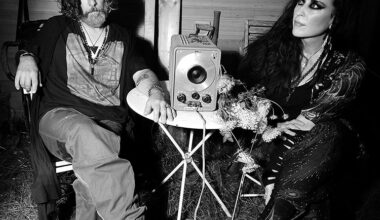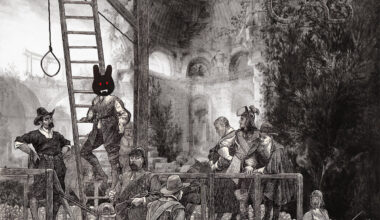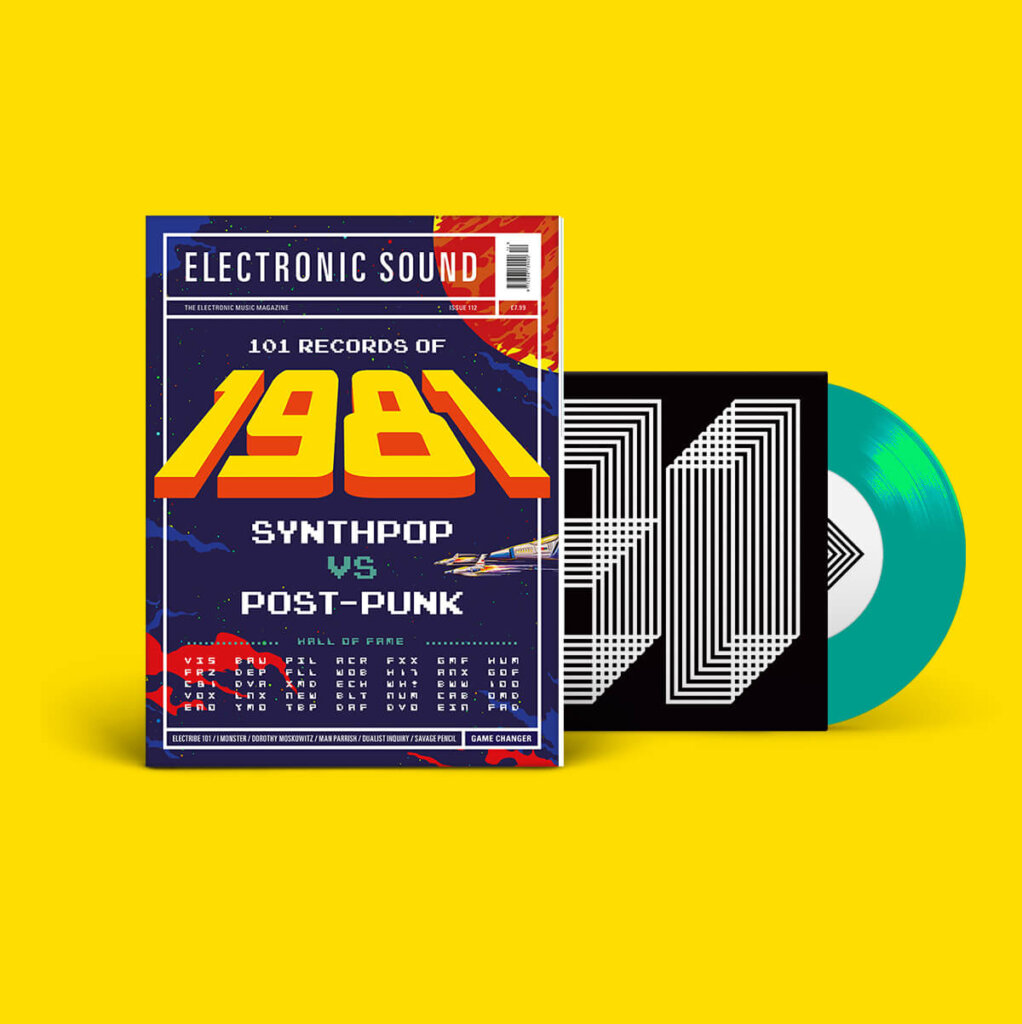Whoah, right? What’s going on here then? Well, we’ve unleashed our esteemed columnist, freed him from regular reviewing duties and he’s now going to be riding to work on a Smorgasboard of interesting stuff. Viva the electronic celebration!
OVERSHADOWED BY JFK’S ASSASSINATION
While still bearing in mind that this column is often a rare outlet for the deluge of electronic singles and EPs released each month, it’s going to take a different shape from now on; maybe a whole dispatch devoted to one monumental album, or perhaps a particular event, a story, or record that’s popped up out of my mental toaster.
As this is the new-look column’s maiden voyage, I thought I’d look back at some other firsts from my 50 years of active service in the electro-cultural trenches. It started when the galactic frizz of The Tornados’ ‘Telstar’, created by Joe Meek, had a seismic impact in August 1962 when I was eight years old. It was compounded by the mind-blowing theme to ‘Doctor Who’ when it first went out in November the following year. It was somewhat overshadowed by JFK’s assassination, but it had an impact that sends the same shudders every time I hear the BBC Radiophonic Workshop’s other-worldly theme.
ALCHEMICALLY BENDING ELECTRICITY
Already a Rolling Stones fan, The Who’s feedback in 1965 then the dawn of psychedelia in 1966 instilled my life-long love of electronically hot-wired noise, which was consolidated when Hendrix came crashing out of the TV that December, followed by the Velvet Underground’s scabrous speed-racket which ignited my New York obsession and Pink Floyd uncorking the spaced-up electronic keyboard flights of ‘See Emily Play’. Then came the deluge of new electronic sounds that crystallised when the Moog made one of its first appearance on The Zodiac’s ‘Cosmic Sounds’ and then everything was taken further by the sinister rituals of The United States Of America album and Silver Apples’ self-titled debut.
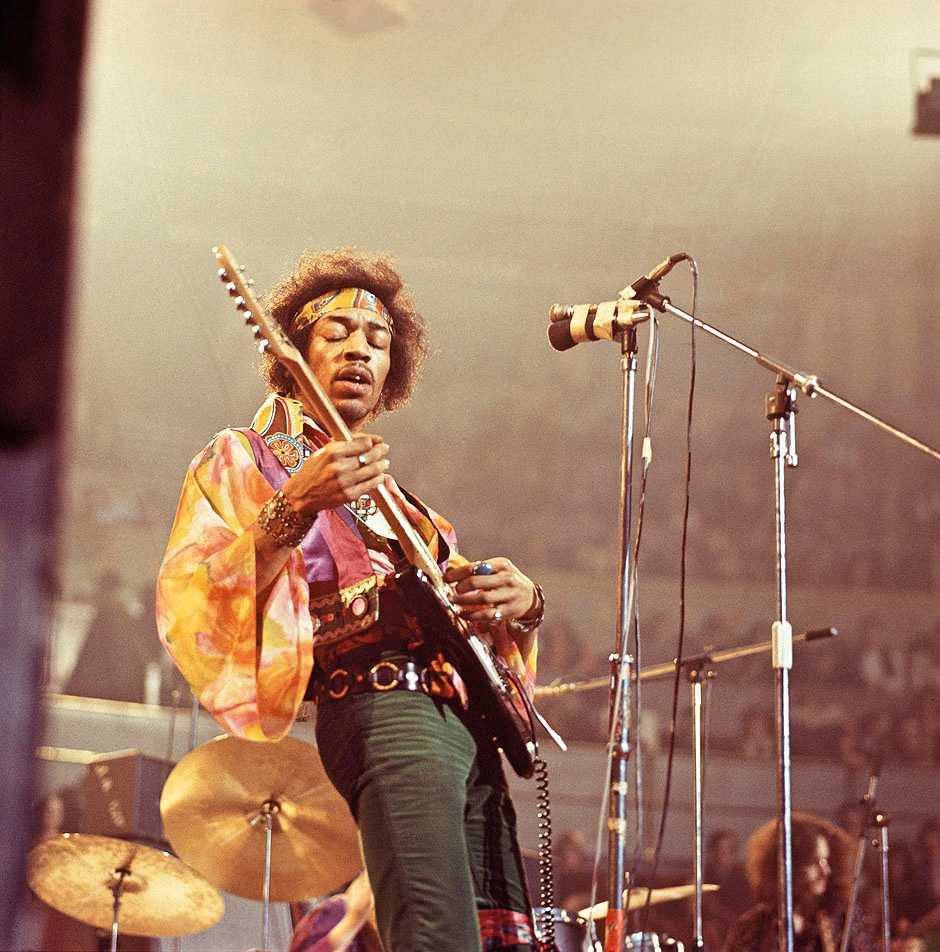
The first time I witnessed an exotic being alchemically bending electricity to their own ends was Hendrix at the Royal Albert Hall in February 1969, but my first experience of proper electronic gadgetry deployed live beyond King Crimson’s Mellotron was when the fledgling Hawkwind appeared at my local club, Friars Aylesbury, a year later. The blurb marked the first time I’d seen any act touted as “an electronic music band” and press ads declared “Hawkwind play electronic interstellar frequencies”. As it turned out, the band chugged through their basic space-riffing on tracks such as ‘Be Yourself’ over which Dik Mik let fly a volley of very similar whirrs and screes from his primitive oscillator set-up. Though unbelievably primitive, it still sounded alien at the time and was destined to mushroom, as evidenced when the band returned with its ‘Space Ritual’ a few years later.
GLAMOROUS SYNTH-WIELDING EXTRA-TERRESTRIAL BOFFIN
In 1971, I encountered my first drum machine (after the malevolent beat-box on Sly Stone’s ‘There’s A Riot Goin’ On’) when God Of Hellfire, Arthur Brown, brought his new band Kingdom Come to that year’s Friars Christmas party with a Bentley Rhythm Ace supplying the rhythms and getting suitable star treatment. Having a machine for a drummer was a real novelty and it took care of all the beats on the band’s 1973 album ‘Journey’ (which pipped Kraftwerk’s mechanical rhythm box beats from a preset organ on ‘Ralf Und Florian’ later that year).
If my first futuristic sci-fi concept production came with Bowie choosing to unveil Ziggy Stardust at our club in January 1972 (sealing his fate and my future), Roxy Music’s debut that August was the first time I saw glamorous synth-wielding extra-terrestrial boffin Brian Eno flounce on the stage, decked out in black feathers and pose his way into ‘Virginia Plain’ before Bryan Ferry loomed to the front.
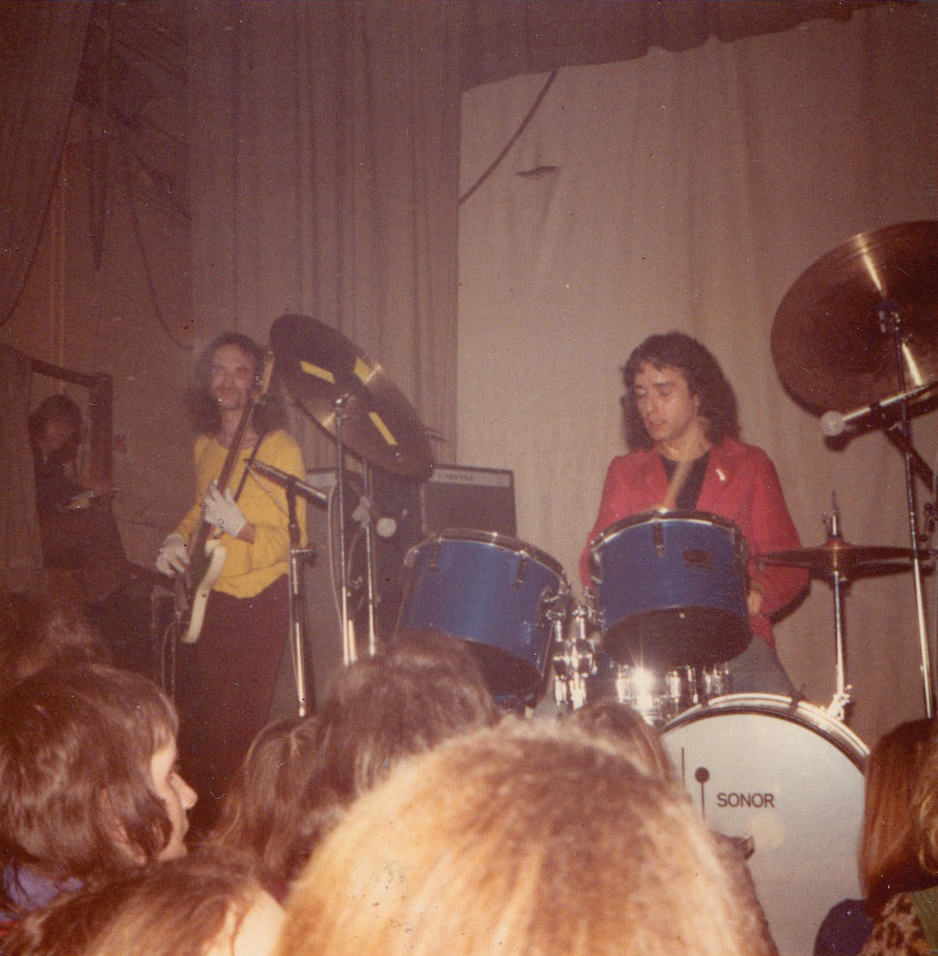
The first time I saw electronically-generated sound presented as a core driving element was when Can debuted at our club in February 1973 and played for three hours, at one point transforming the old hall into one giant, pulsating flying saucer disco. Holger wore white gloves, as the photos I snapped attest. Some months later I saw Magma at Oxford Polytechnic and feared I would never see anything as intense as their total onslaught again, and I was right.
IN THE PRESENCE OF DETROIT ROYALTY
These are all crucial events that have never left me when I encounter reissues or retrospective projects today. Back then it was all new, virgin territory; the sound of a future that, in the case of Can or Suicide (who I first witnessed braving bottles and abuse in 1978) is still coming true. As regards DJing, that started with me playing Can at college lunchtimes in 1970 and then dub reggae during punk before it became the profession I took up in earnest in 1990. Although that was directly inspired by witnessing Andrew Weatherall play a blinding, multi-hued set after Jah Wobble’s Invaders Of The Heart at an Islington pub, my DJing career was also the result of two more firsts, both when I lived in New York in the late 80s.
One was standing open-mouthed next to Red Alert as he demolished a party crowd with two hours of dazzling cutting and scratching using hip-hop’s electronic beats, the second was going to the ecstasy-drenched Limelight Club on 6th Avenue and seeing Underground Resistance for the first time. Their MC was Robert Hood, trading as the masked The Vision, alongside DJ Jeff Mills, who came on after Lenny Dee’s breakneck rave set and proceeded to demolish the converted church with the most pyrotechnic DJ set I’ve ever witnessed. Standing behind him I watched Jeff turn hip hop spinning into a new techno art form, sometimes only playing 30 seconds of a track before hurling the disc into the growing vinyl pile at his feet then moving on to the next bombardment.
The crowd was boggle-eyed and whooping, probably not knowing they were in the presence of Detroit royalty birthing something that would be shaking their country and the world within a short time. Sometimes I wonder if I had witnessed the birth of the American monster now known as EDM. But then, look at what had already happened with Arthur Brown’s drum machine!


